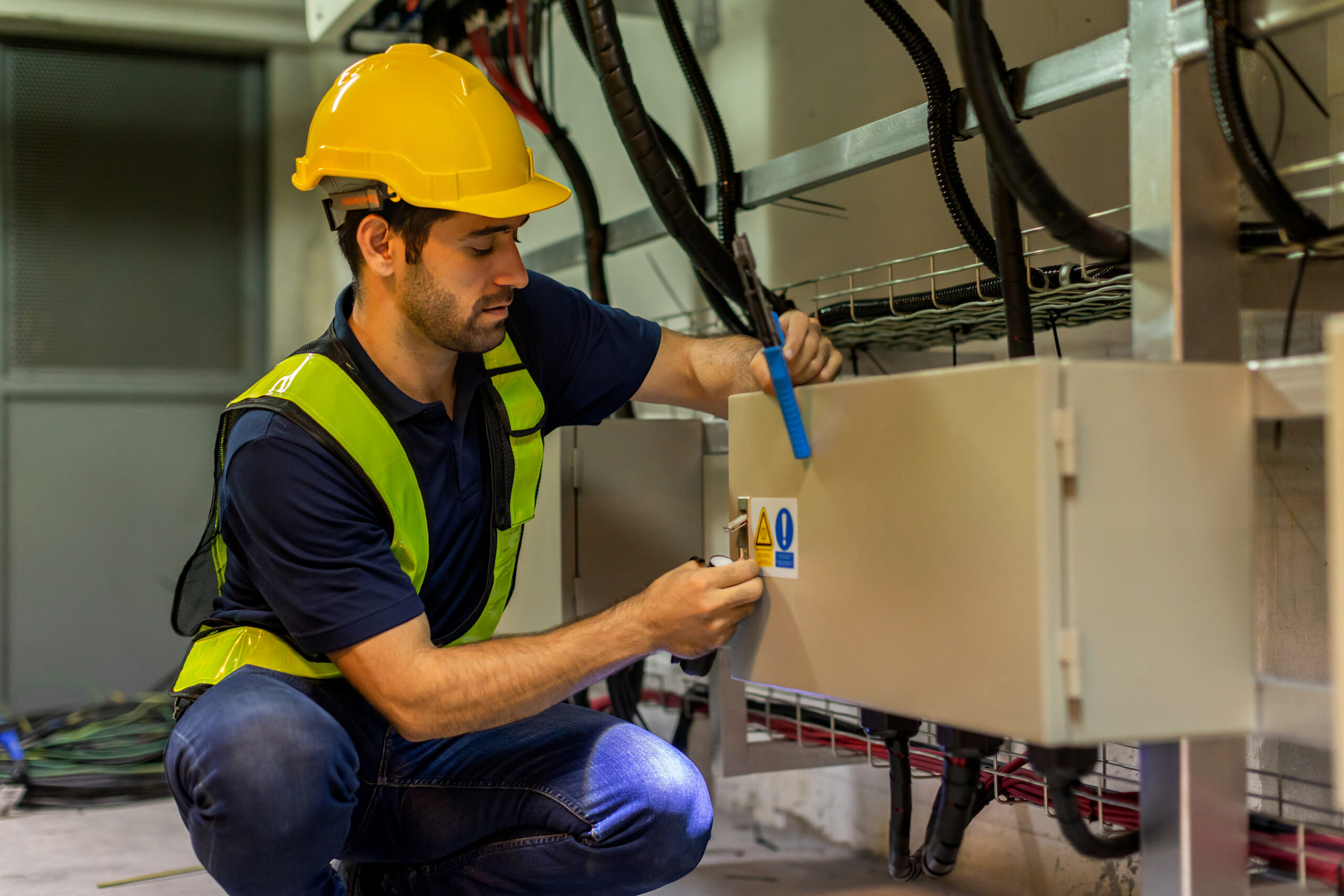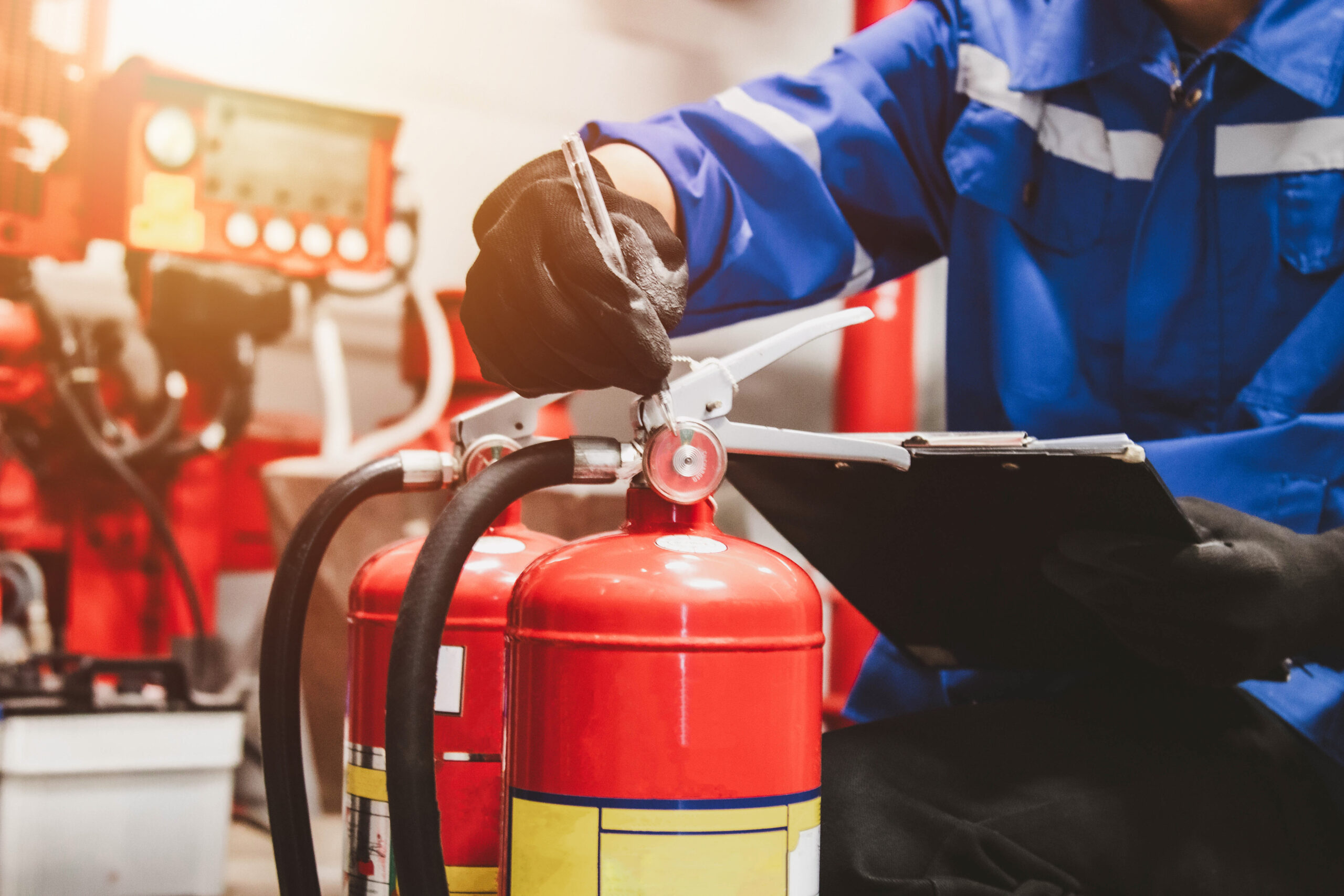How to carry out fire extinguisher inspection
Fire Extinguisher Inspection is important to ensure that the extinguishers are active and ready for operation.
Fire Extinguisher Inspection – Legal Obligation
Federal OSHA standard 1910.157(e)(2), requires a visual inspection of all portable extinguishers be performed at least monthly. It also stipulates that mandatory annual inspections and periodic maintenance inspections be performed and documented.
How often should we inspect the fire extinguisher
Normally, it should be inspected monthly and serviced every six months; but it is recommended that anytime a walk-around is being performed, fire extinguisher should be looked into because it may have been tampered with.
During fire extinguisher inspection, here are some questions you should ask:
Is the extinguisher in the correct location?
Is it visible and accessible?
Does the gauge or pressure indicator show the correct pressure?
Points to Note:
- The monthly checks should be documented.
- Fire extinguisher should be inspected and certified annually by a certified fire protection equipment company.
- A complete breakdown and internal inspection must be done every 6 years.
- You may not need a specialist to carry out the monthly fire extinguisher operation. With adequate information and a checklist, monthly fire extinguisher inspection can be done successfully.
- Annual inspection and complete servicing of the extinguisher must be done by a certified professional.
How do you inspect a fire extinguisher?
Performing fire extinguisher inspection appropriately, here are the areas you will need to pay attention to:
- Visual Inspection: gauges, dates, cylinder, etc.
- Physical Inspection: weight, hose, seals, etc.
- Verify and Tag Unit: Location and date.
Performing a Monthly Fire Extinguisher Inspection, here are what you should do:
- Make sure that the fire extinguisher pressure gauge is in the green zone, i.e., it is charged and ready for use.
- For CO2 (carbon dioxide) extinguisher, it does not have a pressure gauge since it is self expelling. All we want to do is make sure that the extinguisher is full. We can do this by weighing the extinguisher and making sure that the weight is the same as the weight that was recorded on the tag.
- Ensure that the extinguisher is not blocked or obscured from visibility.
- Ensure that the tamper seal on the extinguisher is not damaged, and it’s holding the pin in firmly.
- Check for physical damage to the container, hose and nozzle.
- Ensure that the hose or nozzle is not blocked.
The above is all you need to perform monthly fire extinguisher inspection.
Blog Posts
Latest Posts
Related Posts




